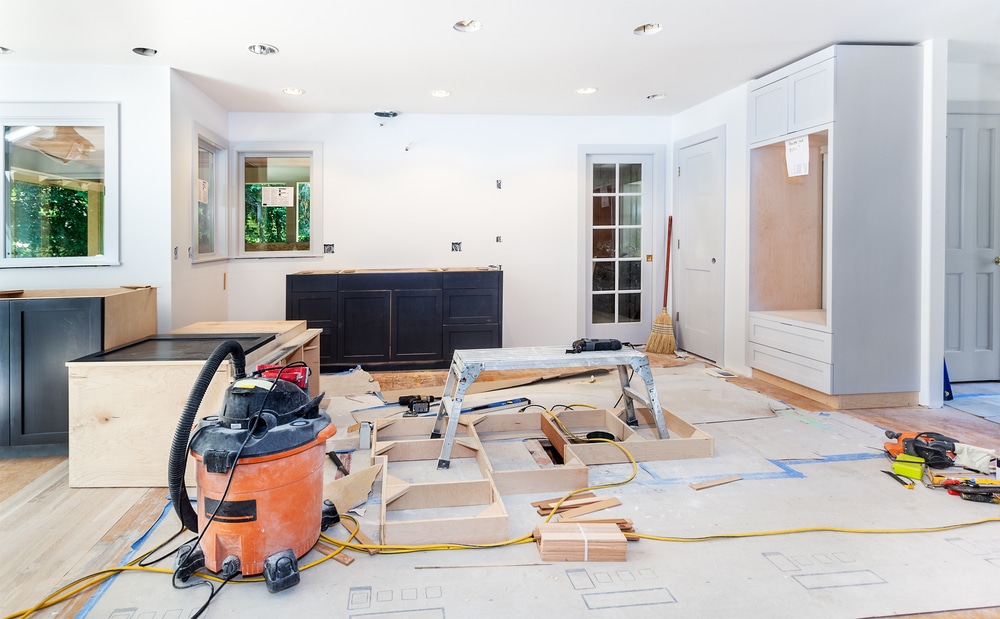The Effect of Color: Remodeling with Dyes
Remodeling a area can be a eye-opening journey, infusing new energy into a environment that has become outdated or neglected. One of the most effective ways to bring about this change is through the strategic use of hue in paint. The study of color has long been examined, revealing how various colors can impact mood, perception, and even behavior. With construction projects, choosing the appropriate paint colors can set the mood for an complete project, making it crucial to think about how colors will coexist with the overall look.
Whether you're refreshing a single room or engaging in a full overhaul, color serves as an cost-effective means to alter the atmosphere of your environment. Soft shades can create a feeling of spaciousness and calm, while intense colors can inject vitality and personality. As you explore construction renovations , taking the time to understand the influence of hue can lead to decisions that not only improve visual appeal but also contribute to the psychological health of those who live in the environment.
Selecting the Right Hue
Selecting the right hue is crucial in construction renovations as it shapes the complete mood of a room. Shades can bring forth emotions and establish the tone for each space. For illustration, soft pastels can create a calm environment, while bold hues can add energy and brightness. Think about the purpose of the room and the emotions you want to invoke when deciding on your decision.
Moreover, it is necessary to take into account the lighting in the area. A location with ample sunlight may allow richer colors to stand out, whereas a poorly lit area might benefit from brighter shades that can enhance brightness. Test samples on the exteriors and see how they seem at different times of the time to make sure your chosen hue performs effectively in multiple lighting situations.
In conclusion, matching colors across your renovation project can create a unified appearance. Draw inspiration from current elements such as decor, surfaces, and structural details. Choosing a color scheme that coordinates with these factors can lead to an welcoming and attractive environment. Aim for balance and consistency to guarantee that each room transitions smoothly into the subsequent one.
Mental Influence of Shade
Shades have significant mental effects on our moods and actions, rendering them essential in the realm of renovation projects. For example, warm hues like reds and oranges can evoke emotions of coziness but they can also provoke energy. Such colors are often used in communal environments, like living areas and dining areas, to foster connection and energy. However, it is essential to balance these vibrant colors with more subdued tones to avoid saturating the senses and perceptions.

On the flip side, calm hues such as blues and teal tend to promote serenity and peacefulness. These shades are ideal for rooms meant for rest, such as personal retreats and bathrooms. Incorporating these colors can lead to a much more peaceful setting, which may favorably influence emotional well-being. The selection of color in renovation renovations can change a setting, making it not just aesthetically pleasing but also psychologically uplifting.
Furthermore, basic colors like grays, tan and ivories provide versatility and can evoke a feeling of openness. They allow residents to express their taste through furnishing while maintaining a calm canvas. In remodeling works, understanding the emotional effects of color selections is vital, as it can shape the overall atmosphere of a room and influence how individuals perceive their dwellings.
Helpful Guidelines for Decorating
When preparing to paint, the first step is to properly organize your project. Select the appropriate type of paint for your areas and consider the finish that will most meet your needs. A flat finish can be ideal for ceilings, while eggshell is often preferred for walls. Don't forget to try out colors on the wall prior to committing, as lighting can greatly affect how the color looks in your environment.
Surface preparation is crucial for a great paint job. Ensure that walls are clear, dry, and clear of any peeling paint. Fill in cracks and holes with the suitable filler and sand it out. Using painter's tape along edges can help achieve sharp lines and prevent paint from bleeding into unwanted areas. Make sure to allow any primer or repairs to dry completely before applying the first coat of paint.
Finally, consider your painting technique to get a polished finish. Use long, smooth strokes with a high-quality brush or roller and work in manageable portions. Steer clear of overfilling your brush or roller to prevent drips. If you are painting large areas, a paint sprayer can be time-efficient and provide even coverage. Take your time and allow adequate drying time between coats to guarantee the optimal results in your renovation project.